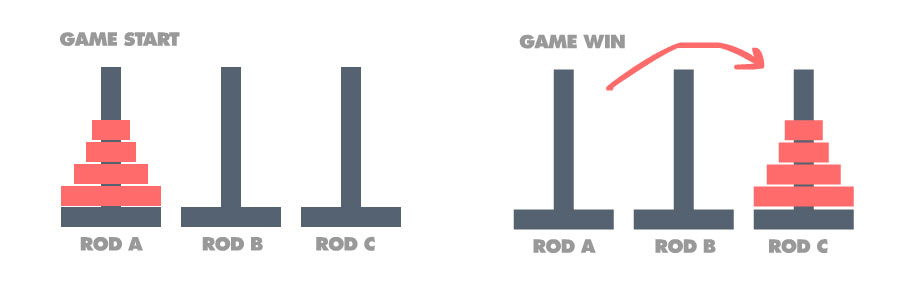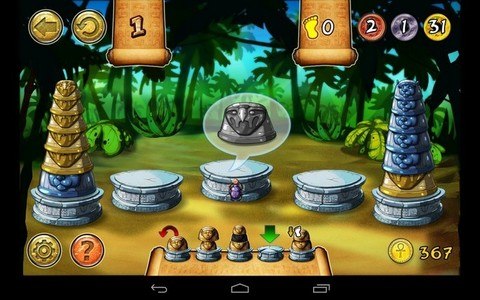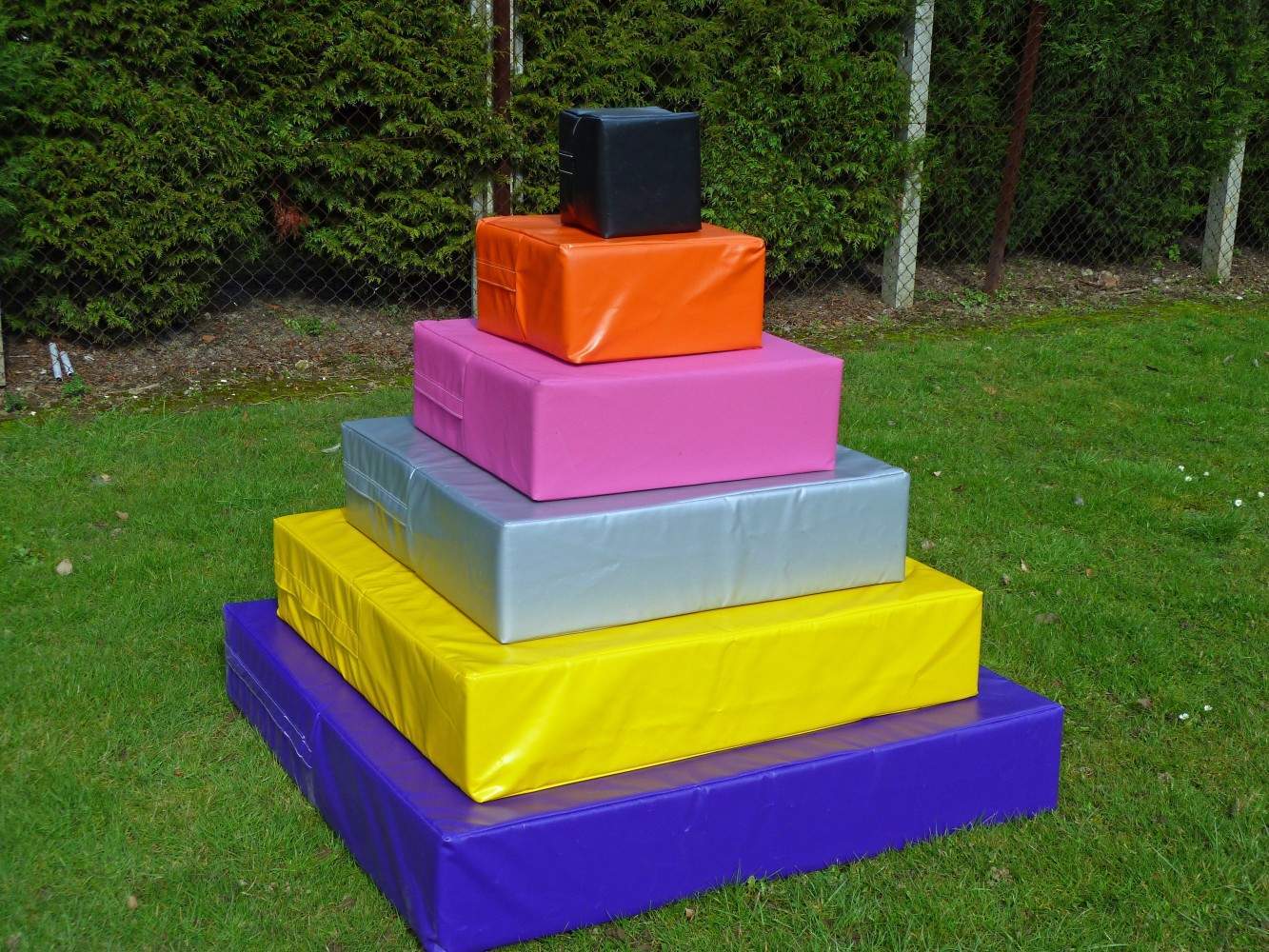

Ball, a mathematician who translated the fable from French into English in Mathematical Recreations and Essays first published in 1892, called it "a sufficiently pretty conceit to deserve repetition". That would be Francois Lucas born in the city of Amiens, who taught at the lycee. Claus (de Siam) of college Li-Sou-Stian reveals Lucas d'Amiens of lycee Saint-Louis. Question: Towers of Hanoi Recursive Solution in Java Towers of Hanoi is a well known mathematical game/puzzle involving three pegs and a number of discs. "A mandarin who invents a game about combinations, will incessantly think about combinations", says de Parville. Later authors made it even more colorful, adding details and modifications.


If de Parville thought the fable would add to the game's popularity he was certainly right. He first published it in Revue des Sciences in 1883, and then a year later, with pictures, in La Nature. Claus (de Siam), mandarin of college Li-Sou-Stian, and was embellished by Henri de Parville, a popular science writer and chief editor of La Nature at the end of 19-th century. The Temple of Brahma story was first reported in 1883 by Professor N. The Tower of Hanoi – Myths and Maths gives a detailed historical account of the game, its predecessors and myths surrounding it, with references to original sources, it also goes in-depth into mathematical issues.


 0 kommentar(er)
0 kommentar(er)
